The piezoelectric materials that inhabit everything from our cell phones to musical greeting cards may be getting an upgrade thanks to work discussed in the journal Nature Materials released online Jan 21.
Get the latest international news and world events from around the world.
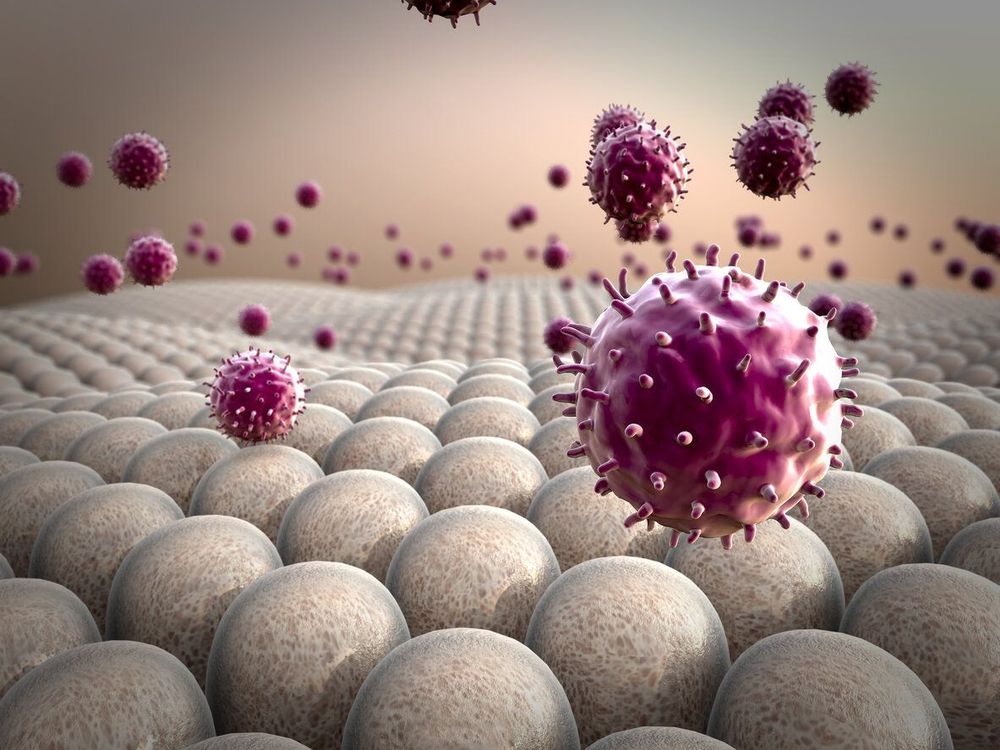
Energizing the immune system to eat cancer
Immune cells called macrophages are supposed to serve and protect, but cancer has found ways to put them to sleep. Now researchers at the Abramson Cancer Center of the University of Pennsylvania say they’ve identified how to fuel macrophages with the energy needed to attack and eat cancer cells. It is well established that macrophages can either support cancer cell growth and spread or hinder it. But most tumors also express a signal called CD47, which can lull macrophages into a deep sleep and prevent them from eating. Researchers have found that rewiring macrophage metabolism can overcome this signal and act like an alarm clock to rouse and prepare macrophages to go to work. Their findings were published in Nature Immunology today.
Macrophages are immune cells just like T and B cells, but differ in that they can eat cells that are not supposed to be in the body. In fact, they are the most prominent immune cell found in cancer, but unfortunately, most are often convinced to help cancer grow and spread. Cancer cells frequently stop macrophages from attacking them by expressing CD47, a “don’t eat me” signal. Researchers now say that merely blocking inhibitory signals like CD47 is not always sufficient to convince macrophages to attack cancer. Instead, two signals are required. First, they need a signal to activate them—such as a toll-like receptor agonist. After that, a second signal—such as a CD47 inhibitor—can lower the threshold needed to wage battle on the cancer.
“It turns out macrophages need to be primed before they can go to work, which explains why solid tumors may resist treatment with CD47 inhibitors alone,” said the study’s senior author Gregory L. Beatty, MD, Ph.D., an assistant professor of Hematology-Oncology at Penn’s Perelman School of Medicine. Jason Mingen Liu, an MD and Ph.D. graduate student in Beatty’s lab, is the study’s lead author.
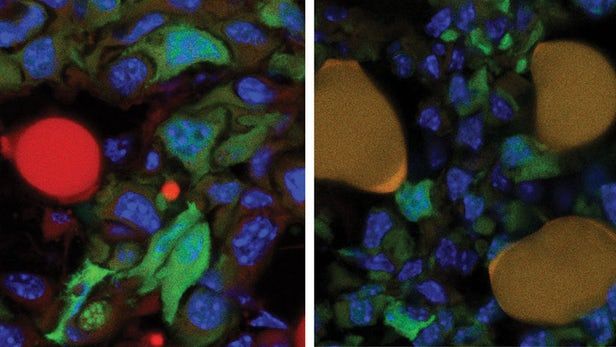
Method converting cancer cells into fat cells could block metastatic spread
A fascinating study from researchers at the University of Basel has revealed a method that forces malignant breast cancer cells to turn into fat cells. The research, currently only demonstrated in mice, suggests the process could stop tumors from metastasizing and potentially make the cancer more susceptible to conventional chemotherapy.

MSD scientists to tackle diseases of ageing at the Crick
Scientists from global biopharmaceutical company MSD will come to the Crick next year to tackle a range of conditions associated with ageing such as dementia and Parkinson’s disease.
A new team of around 15 MSD chemists and pharmacologists will be based at the Crick over the next five years, working to develop new understandings of diseases that affect the UK’s ageing population.
The scientists will be based at the Crick while MSD establishes their new discovery science centre and UK headquarters in London, the location of which is being finalised. Their work will complement the MSD neuroscience cell biology team already established at the London Bioscience Innovation Centre, and both teams will eventually move to MSD’s new centre.
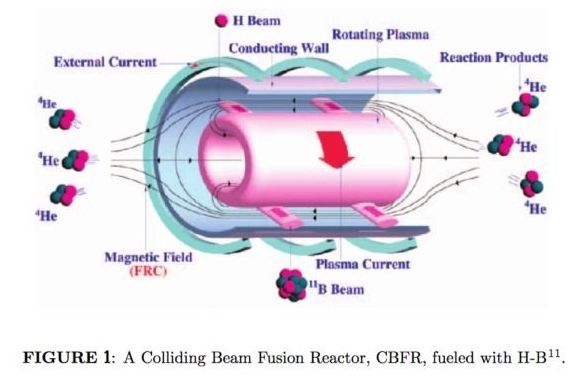
If TAE Technologies Succeeds With Commercial Fusion Then a Fusion Rocket Will Follow
TAE Technologies has also looked at building a nuclear fusion rocket. Nextbigfuture had covered TAE Technologies recent announcement that they will have a commercial nuclear fusion rocket by 2023.
The AIP Conference Proceedings 2004 – Colliding Beam Fusion Reactor Space Propulsion System
The Colliding Beam Fusion Reactor (CBFR( requires approximately 50 MW of injected power for steady-state operation. The H-B11 CBFR would generate approximately 77 MW of nuclear (particle) power, half of which is recovered in the direct-energy converter with 90% efficiency. An additional 11.5 MW are needed to sustain the reactor which is provided by the thermo-electric converter and Brayton-heat engine. The principal source of heat in the CBFR-SPS is due to Bremstrahlung radiation. The thermo-electric converter recovers approximately 20% of the radiation, or 4.6 MW, transferring approximately 18.2 MW to the closed-cycle, Brayton-heat engine.
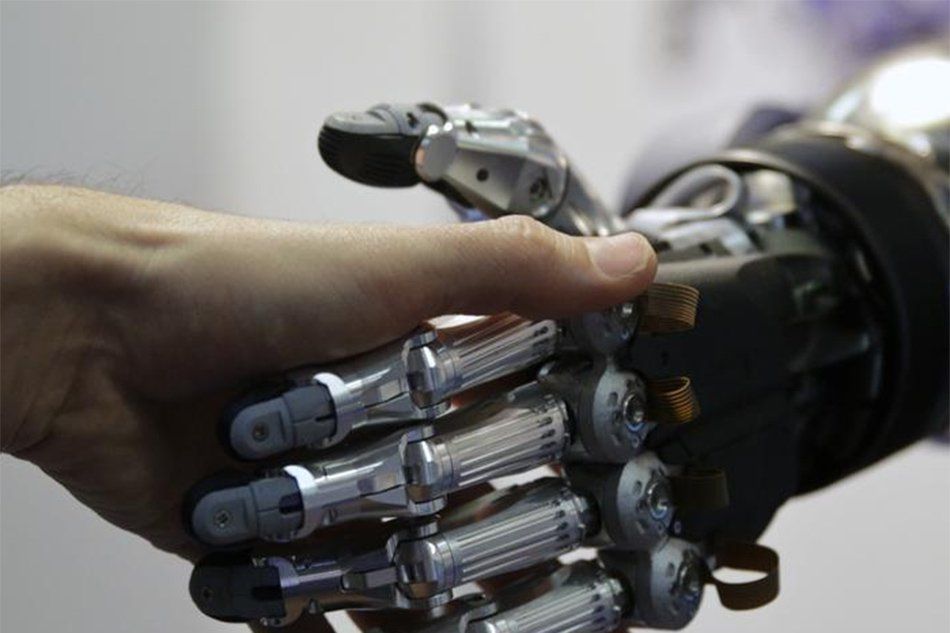
Red Cross sounds alarm over use of ‘killer robots’ in future wars
NAIROBI — Countries must agree strict rules on “killer robots” — autonomous weapons which can assassinate without human involvement, a top Red Cross official has said, amid growing ethical concerns over their use in future wars.
Semi-autonomous weapons systems from drones to tanks have for decades been used to eliminate targets in modern day warfare — but they all have human control behind them.
With rapid advancements in artificial intelligence, there are fears among humanitarians over its use to develop machines which can independently make the decision about who to kill.

The 2019 Undoing Aging Conference
Early Bird ends soon!
Have you got your tickets yet? If not, then you just have a few days to do so and save €200.
After the incredible success of the 2018 Undoing Aging Conference with 350 participants from 36 countries and over 40 brilliant speakers,\xA0 SENS Research Foundation \xA0and Michael Greve’s\xA0 Forever Healthy Foundation \xA0 are pleased to announce that Undoing Aging 2019 will take place in Berlin at the Umspannwerk Alexanderplatz from March, 28 to 30.\xA0.
The annual Undoing Aging conference is focused on the cellular and molecular repair of age-related damage as the basis of therapies to bring aging under full medical control. Unding Aging 2019 will again focus on\xA0bringing together scientists and startups from around the globe in their r espective fields, who are leading the charge in maintaining and restoring full health in old age.
Speakers include leading researchers from around the world focused on topics including stem cells, senescent cells, immunotherapies, biomarkers and drug discovery.
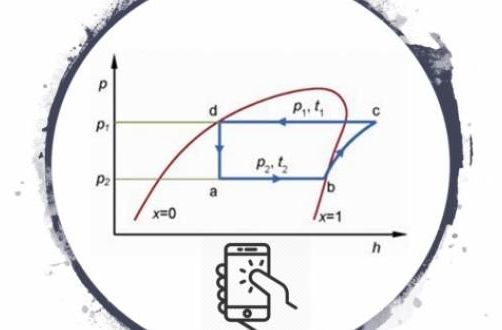
Scientists analyzed the gamma rays emitted during the NPDGamma Experiment and found parity-violating asymmetry
Scientists analyzed the gamma rays emitted during the NPDGamma Experiment and found parity-violating asymmetry, which is a specific change in behavior in the force between a neutron and a proton. They measured a 30 parts per billion preference for gamma rays to be emitted antiparallel to the neutron spin when neutrons are captured by protons in liquid hydrogen. After observing that more gammas go down than up, the experiment resolved for the first time a mirror-asymmetric component or handedness of the weak force. Credit: Andy Sproles/Oak Ridge National Laboratory, U.S. Dept. of Energy.
ORNL’s Communications team works with news media seeking information about the laboratory. Media may use the resources listed below or send questions to news@ornl.gov.
1 — 25 of 3387 Results.
